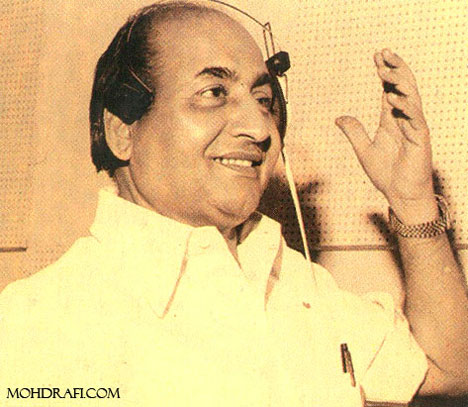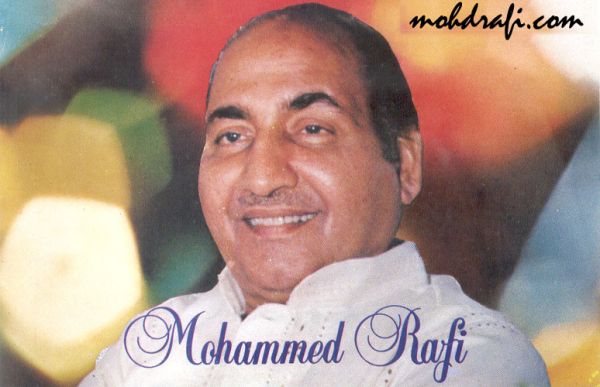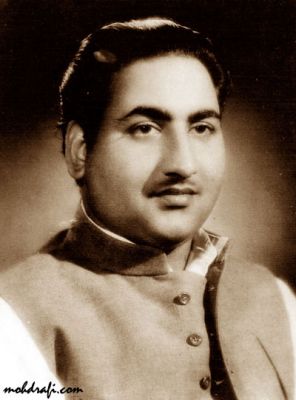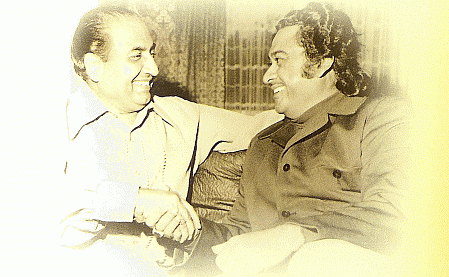FOREVER MOHD RAFI:
VOLUME 3: 31 - 45
MOVIE : RAAZ: 1967
SINGER: MOHD RAFI
LYRICS: SHAMIM JAIPURI
MUSIC : KALYANJI ANANDJI
45) AKELE HAIN CHALE AAOO JAHAAN HO
http://www.songs.pk/artists.php?songid=988
Akele hain chale aao, Jahaan ho
I am all alone, come on over
Kahan awaaz de tumko, Kahaan ho
Where shall I call you? Where are you?
Akele hain chale aao, Jahaan ho
I am all alone, come on over
(Tumhe hum dhoondte hain, Hamay dil dhoondta hai)2
I am looking for you, my heart is looking for me
Na ab manzil hai koi, na koi raasta hai
There is no end to this now, there is no way
Akele hain chale aao, Jahaan ho
I am all alone, come on over
Kahan awaaz de tumko, Kahaan ho
Where shall I call you? Where are you?
(Ye tanhaai ka aalam, aur is par aap ka gham)2
This realm of loneliness, and the pining for you
Na jeetay hain na marte, batao kya karen hum
I am not living, nor am I dying, tell me what should I do?
Akele hain chale aao, Jahaan ho
I am all alone, come on over
Kahan awaaz de tumko, Kahaan ho
Where shall I call you? Where are you?
Trans: Venkat








